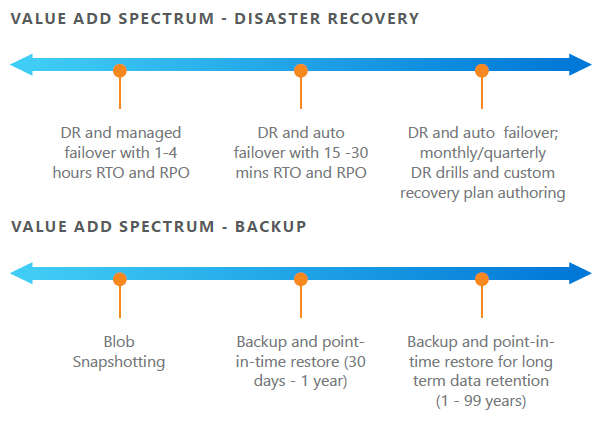Assess
Assess enterprise environment, infrastructure, workloads, and applications. Assessing applications and workloads for cloud readiness allows organizations to determine what application and data can and cannot be readily moved to a cloud environment and what delivery models (pubic, private, or hybrid) can be supported.
Plan
Create infrastructure maps based on app dependency and performance; identify shadow IT. It is common for an application being migrated to a cloud service to have connections of various kinds with other applications and systems. There, the application owners need to understand the impact of these connection and address it.
Visualize
Group apps based on interconnectivity and dependencies, tweak groupings based on insight gleaned from assessment and infrastructure mapping. Integration between apps is traditionally classified into three categories: process integration (sharing functions), data integration (sharing data), and presentation integration (sharing user interface).
Prepare
Determine customer's app groups, cloud viability, readiness and cost of migration. Prioritize apps based on how well they score for each "cloud readiness" metric and how mission-critical they are to a customer's business. Right-size any over or under utilized resources. Address any security or privacy concerns.
Estimate
Estimate TCO of running application on-premises vs. in the cloud with accurate inputs on labour, infrastructure, tools, training, etc. Calculate the ROI of migration from on-premise to cloud.




